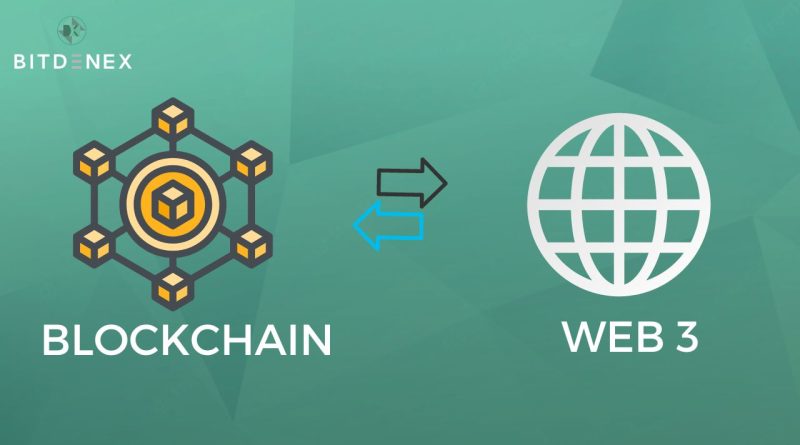What’s the Relationship Between Blockchain and Web3?
Introduction
Digital assets can become an intrinsic part of Web3. New Internet technologies are expected to address current problems such as power concentration at the hands of centralized social media platforms and data exploitation. By distributing communication power rather than giving it to central authorities, blockchains are decentralized and permissionless.
How is Web3 different from Web2?
The main evolution steps of the internet can often be described as qualitatively different phases known as Web1, Web2, and Web3. The first-generation Web did not allow users to edit online data or upload their own content. At that time, the internet consisted of static HTML pages allowing one-way experiences, such as reading information forums. Web2 enabled content consumption as well as simple interaction. Then, over time, Web2 evolved into a more interactive internet in which users were more involved in creating their own content. Web2 saw the rise of new types of centralized tech giants because these modes of online interactions were primarily facilitated by social media platforms.
As more flaws are revealed, the current Web2 ecosystem is changing once more. Users of the internet, for example, have grown increasingly concerned about data tracking and ownership, as well as censorship issues.
How do blockchain and cryptocurrency fit into the Web3 ethos?
Decentralization: As previously stated, one of the primary issues with Web2 is the concentration of power and data in the hands of a few major players. Blockchain and cryptocurrency have the potential to decentralize Web3 by facilitating a more equitable distribution of information and power.Web3 may use blockchain-powered public distributed ledgers to increase transparency and decentralization.
Permissionlessness: Blockchain-based projects replace traditional companies’ proprietary systems with publicly available code. Because blockchain applications are permissionless, anyone in the world can access and interact with them without restriction.
Trustlessness: Blockchain and cryptocurrency eliminate the need to rely on any third party, such as a bank or a private intermediary. The Web3 network itself can be trusted by users to conduct transactions.
Payment rails: Blockchain and cryptocurrency eliminate the need to rely on any third party, such as a bank or a private intermediary.Web3 users can transact without putting their trust in anyone other than the network itself.
Ownership: Crypto already provides tools such as self-custodial crypto wallets, which allow users to store their funds without the use of intermediaries. Users can also connect their wallets to decentralized apps in order to use their funds in a variety of ways or to display their digital items. Using a transparent public ledger, anyone can verify ownership of these funds and items.
Censorship resistance: Blockchains are intended to be censorship-resistant, which means that no party can unilaterally alter the transaction record. It is nearly impossible to remove a record once it has been added to the blockchain.
Are blockchain and cryptocurrency essential for Web3?
Web3 could rely on technologies unrelated to blockchain or cryptocurrency. A new internet era may be dominated by technologies such as augmented reality (AR), virtual reality (VR), the internet of things (IoT), and the metaverse. While blockchain may operate more on the infrastructure side of Web3, these technologies and solutions have the potential to make the internet more immersive and connected to the real world.
IoT could connect various devices via the internet, AR could embed digital visual elements into the real world and VR could create computer-generated environments populated by digital assets. Finally, scaling and integrating these technologies could make a unified metaverse a Web3 reality.
What will Web3 with cryptocurrency and blockchain look like?
Blockchain technology may become one of the pillars of Web3, but users may not know about it. If the applications built on blockchains are user-friendly and intuitive, people will not think twice about the underlying infrastructure, just as we rarely think about the data servers and internet protocols that underpin the social media platforms we use every day.
NFTs could allow users to display digital collectible items to other users while also assisting them in creating and maintaining their unique digital identities. They may also be used for other purposes, such as underpinning many critical processes in online gaming.
Closing thoughts
There is a chance that Web3 will solve the biggest problems of the internet today and minimize the power of the tech giants. However, it remains more of an aspirational vision than a tangible reality. Nonetheless, the technologies that will most likely underpin the next generation of the Web are already in the works.
Buy and sell crypto in minutes with 0.20% trading fees at Bitdenex Exchange.

